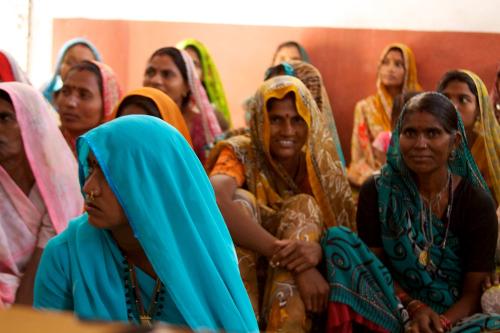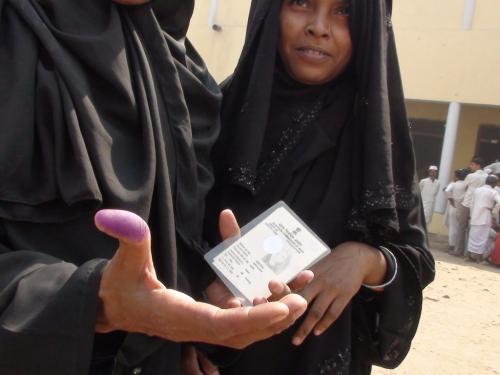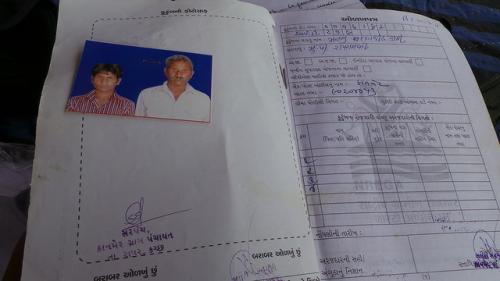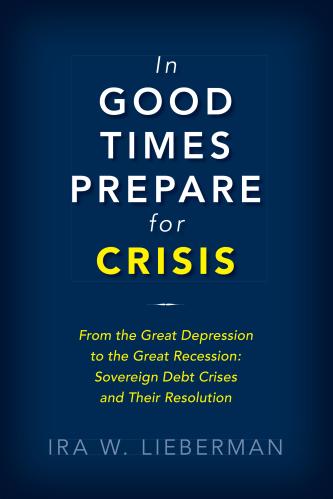Content from the Brookings Institution India Center is now archived. After seven years of an impactful partnership, as of September 11, 2020, Brookings India is now the Centre for Social and Economic Progress, an independent public policy institution based in India.
For over a decade, farmer suicides in India has been a serious public policy concern. More recently, this has led to a shrill media outcry and much politicking. The government response to the crisis of farmer suicide has mostly been simplistic and sometimes aggravating. The main issue with offering “special packages” to deal with such a problem is that it is reactionary rather than preemptive long-term policy. Suicides are characterised by a prior history of difficulties and, in most cases, mental illness that renders the person vulnerable to suicidal behaviour, for which we need to have a deeper understanding of factors that trigger and contribute to suicides among different demographic categories. We study the data from the National Crime Record Bureau (NCRB) of India and disaggregate across demographics and leading causes of suicides.
We examine existing data on the suicide mortality rate (SMR), defined as the number of suicides reported per 1,00,000 population for categories such as farmers, housewives and students. We begin with farmer suicides and the state of Maharashtra, which had the largest number of farmer suicides for decades. We find that 76 per cent of all suicides there are concentrated within six districts, and nearly 60 per cent of the farmers who committed suicide own more than four acres of land. Indebtedness has been highlighted as the prime cause and leading public intellectuals have called for an end to the “debt deaths”. The National Sample Survey data suggests that the debt burden, measured as the debt-to-asset ratio, declines with increase in asset-holding. So poorer households have a higher debt burden. This is true for both institutional and non-institutional debt. However, the suicide data reported by the state government indicates that the incidence of suicide is much higher for households with larger land holdings. Nearly 86 per cent of all farmer suicides in Maharashtra are committed by those with more than two acres of land.
Compare the two most farmer-suicide-prone states of Maharashtra and Andhra Pradesh with two of the most backward states, Bihar and Uttar Pradesh. Data for farmer SMR reveals that over the last two decades, Andhra and Maharashtra have had very high and significantly rising numbers of suicides. Farmer suicide rates in Bihar and UP have been consistently low over that period. However, there are no obvious reasons to believe that farmer distress is lower in Bihar and UP. Remarkably, even if we look at the number of suicides for categories of professions unrelated to farming, like government and private services or students, Andhra and Maharashtra report a significantly higher number of suicides in each category compared to UP and Bihar.
Most policy interventions have been limited to forgiving institutional debt, so we study the leading causes for suicides. Approximately 30 per cent of all suicides in Andhra-Maharashtra are farmer suicides, while only 5 per cent of all suicides are due to debt or bankruptcy. So there are clearly other, more important factors that should explain farmer suicides even within this region. We find that less than 5 per cent of suicides were caused due to debt or bankruptcy and, in stark contrast, poor health (mental and physical) accounted for approximately 30 per cent of all suicides in these states. It is worth noting that even for the country as a whole, poor health leads to more than seven times as many suicides as compared to debt or bankruptcy. So health reform, particularly in rural areas, is likely to have far greater impact on distress and suicides than forgiving institutional loans.
Studying the data for all suicides in India, we note that over the decades housewives have consistently reported significantly more suicides than any other demographic category. They account for 20 per cent of all suicides in India, while farmers account for less than 12 per cent. Both these numbers are high, but the trends show a decline, and farmer suicides have seen the fastest decline.
“Health” and “family problems” explain nearly half the suicides in the country. Other reported reasons such as “poverty”, “unemployment”, “love affairs” and “indebtedness” are relatively small causes. The largest share of suicides is committed by housewives, whose concerns can also be addressed through improved access to mental and physical healthcare. It is imperative to design interventions that can address distress among various demographic groups, and not aggravate the problem by focusing on indebtedness alone.
The American Association of Suicidology reports that over 90 per cent of suicide victims have a significant psychiatric illness at the time of their death. These are often undiagnosed, untreated or both. People who become suicidal in response to recent events generally have underlying mental problems, though they may be well-hidden. A 2008 report on farmer suicides from the Maharashtra government claimed that depression, illness, family disputes and addiction are common “other” causes of suicide among farmers. Research indicates that during the period immediately after a suicide, public responses may be extreme, and underlying causes may be oversimplified. The main concern is that dramatising the impact of suicide through descriptions and pictures of grieving relatives or community expressions of grief may encourage potential victims. Suicide becomes an acceptable reaction to a situation. This is what perpetuates suicide contagion. In India, this appears to be the case among the farming and student communities, both of which have witnessed highly publicised
suicide outbreaks.
Research on suicides has shown that sensitive reporting by the media can play an important role in saving lives and preventing copycat suicides. There is consensus from several studies that prominent newspaper or television coverage of a suicide or cluster has the effect of increasing suicidal behaviour. The magnitude of the increase is related to the amount of publicity given to the story. Sensitive reporting can minimise the risk of suicide contagion. The media must have a code of ethics and guidelines for reporting suicides, and journalists should be trained on how to report suicides.
This research was conducted with inputs from Mudit Kapoor, visiting fellow, IDFC Institute. This article first appeared in The Indian Express on July 21, 2015.









Commentary
Op-edIndia’s Suicide Problem
The Indian Express
July 21, 2015